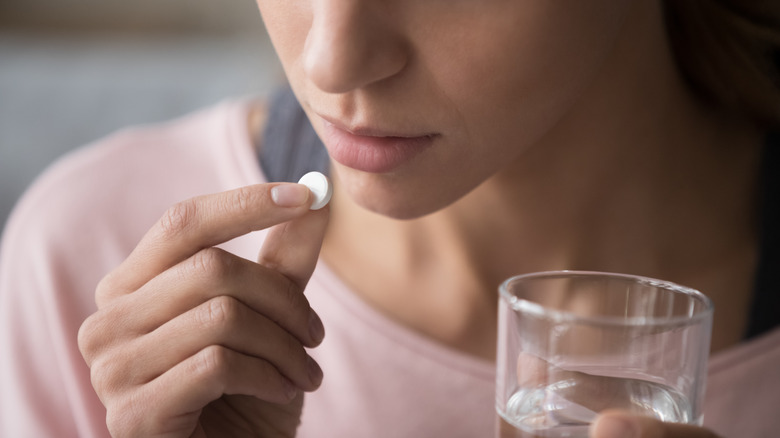If you’ve taken antidepressants, you know it’s not always a walk in the park, especially in the beginning when you and your doctor are trying to determine the best fit. Antidepressants are effective and have been proven to be helpful for people suffering from anxiety and depression, regardless of any side effects. According to the journal Psychiatry (Edgmont), 38% percent of patients reported experiencing one or more side effects while taking an antidepressant. Of the side effects reported, patients considered 25% of them to be “very bothersome” or “extremely bothersome.” While some side effects can be uncomfortable, like sexual functioning, drowsiness, and weight gain (which head the list as the most common side effects of antidepressants), other side effects are just downright strange. People are often left scratching their heads and peering into their bathrooms when taking amitriptyline to treat their depression. Take amitriptyline. Here are some surprising things that can occur.
Amitriptyline and urine color
Amitriptyline can actually cause urine to appear green or blue. Pharmacy Times reports there are many drugs that can cause our urine to change colors without the presence of any serious underlying medical conditions. The color of urine is usually between pale yellow to dark amber. However, amitriptyline can cause the body to break down the chemical structure and create blue pigments in urine. Depending on the color of your urine, it will appear greener. This can be very alarming but it’s not dangerous. Annals of Laboratory Medicine reports that a change in urine color due to medication is unlikely to be harmful. Although this is a common side effect, it is important to talk to your doctor about any concerns so that they can rule out other health problems. This side effect is usually temporary and disappears quickly once the medication has stopped.
Amitriptyline still considered a leading drug
Despite the odd aforementioned side effect, amitriptyline is still a common drug, with leading rates of efficacy for depression as of 2018. Cambridge University Press conducted a systematic review of 186 randomized control trials comparing amitriptyline with other tricyclics/heterocyclics or with an SSRI, and found an overall estimated efficacy significantly favoring amitriptyline. The dropout rates in the amitriptyline-treated group were higher than those in the control group. This led to the conclusion that while amitriptyline may not be as well tolerated as other antidepressants, it is more effective than others and has a greater rate of recovery than other antidepressants. While WebMD lists a total of about 75 possible side effects from taking amitriptyline, most are considered rare. Dry mouth, headache, dizziness and weight gain are the most common side effects of amitriptyline. Drugs.com also warns that those who have recently had a heart attack should not use amitriptyline. People under 24 years old may have thoughts of suicide when they first start taking the drug. It is recommended to see a physician every 12 weeks for monitoring symptoms. If you are experiencing any new or worsening symptoms, such as mood changes or behavior changes, panic attacks or difficulty sleeping, irritation or hostility, aggression, thoughts of suicide, or thoughts about hurting yourself, it is important to speak with your doctor immediately.




